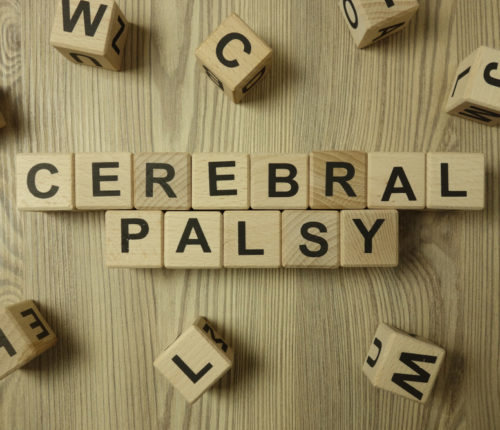
The 12 Steps of Diagnosing Cerebral Palsy
Unfortunately, diagnosing cerebral palsy can be a complicated, lengthy process. If you suspect that your child may have a condition like cerebral palsy, you want answers as quickly as possible. During this process, parents often have many questions about what to expect, what tests their child will be subject to, and how to manage the results. To help parents understand the diagnosis process, the team at Birth Injury Guide has reviewed and summarized the 12 most common steps of diagnosing cerebral palsy.
12 Steps of Diagnosing Cerebral Palsy
Parental Observation
In severe cases, parents may notice symptoms of cerebral palsy within just days of birth. The majority of cases, however, are diagnosed after parents observe developmental delays, unusual behavior, or limited mobility.
Clinical Observation
Clinical observation most often begins at the pediatrician’s office. Pediatricians will get input from parents, and conduct an initial examination to measure the child’s development to standard developmental milestone guidelines.
Motor Skill Analysis
Cerebral palsy is caused by injury to the brain before, during, or after delivery. Motor skill delays are one of the most common indicators of cerebral palsy. Healthcare providers will evaluate muscle tone, reflexes, coordination, balance, and both fine and gross motor functions. They will consider if your child has high muscle tone or low muscle tone.
Medical History Review
Conducting a thorough medical history review for the child and both parents is essential in obtaining a diagnosis. Healthcare providers will review the full medical history, including pre- and post-natal care, complications during delivery, and other factors that may contribute to a brain injury.
Documenting Associative Conditions
After reviewing the full medical history, healthcare providers will address and document any associative disorders, including genetic, nervous system, metabolic, muscle, or degenerative nervous disorders.
Obtaining Test Results
In addition to observing the child and reviewing the medical history, healthcare providers will order specialized tests, such as CT scans, MRIs, cranial ultrasounds, and laboratory tests.
Diagnosis
Receiving a diagnosis of cerebral palsy can be difficult for parents. Many parents believe that their child will “outgrow” the disorder, while others experience anxiety about their child living a full life as a disabled person. While there is no cure for cerebral palsy, early diagnosis and continued care are the best options for improving the child’s quality of life.
Obtaining a Second Opinion
Obtaining a second opinion is important for many parents to get the assurance they need that their child’s ongoing health is adequately addressed. There are often several treatment methods recommended for cerebral palsy, and obtaining a second opinion can help parents narrow down the best option for their child and family.
Determining Cause
Determining the cause of cerebral palsy may occur at any time during the diagnosis process. If the child suffered a brain injury before or during birth, the cause may be readily apparent. If no obvious cause is present, healthcare providers will attempt to identify possible causes, such as brain damage or malformation, or the presence of a hemorrhage.
Care Team Assembly
After obtaining a diagnosis, it is important for parents to begin the process of assembling a team of healthcare providers, therapists, and other support structures. A care team often includes psychologists, healthcare providers, caregivers, teachers, and government agencies when applicable. Many parents also find it helpful to obtain legal guidance, especially if a birth injury was linked to the cause.
Care Plan Creation
Creating a care plan is an excellent way for parents to manage treatment and progress. Care plans also help parents and the care team stay on the same page about treatment options, progress, and goals.
Embracing Life with Cerebral Palsy
Cerebral palsy has a significant impact on the child, as well as his or her family. While cerebral palsy can certainly create stress and strain on a family, it is possible for families to come together, grow, and live a healthy, high-quality life.
Getting Help after a Cerebral Palsy Diagnosis
If your child has been diagnosed with cerebral palsy, and you believe that his or her injuries were caused by negligence, you may have the option of pursuing legal action against the negligent party. At Birth Injury Guide, our attorneys have helped numerous families defend their rights and protect their future. Contact us today for a complimentary consultation of your cerebral palsy case.

